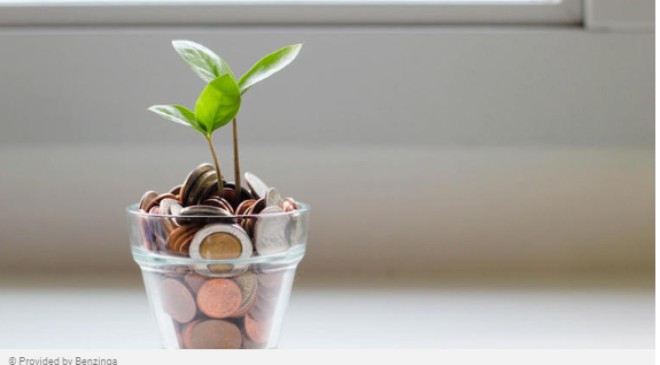According to data intelligence firm SAS Analytics, $100 bills account for 34% of paper currency in circulation in the U.S. and 82% of its value
Read More : How Toxic Is Trump? Republican Group’s Hidden Camera Reveals Uncomfortable Truth
In short, most of our paper money is in hundreds — by a mile — but that doesn’t mean there’s never a bad time to walk into a bank branch and ask for one.
Whether you need a fresh, crisp C-note to put in a birthday card, a wedding envelope or just to stash in your emergency cash pile at home, you’ll want to pick your moment.
A Note About the Curious, Cumbersome and Crime-Fueling C-Note
The Wall Street Journal and the New Republic are among several publications that have recently reported on a peculiar monetary irony. Although the $100 bill is far and away the most common note — it surpassed even the ubiquitous $1 bill in 2016 — it’s the least commonly used, by far.
ATMs don’t stock hundreds, many retailers don’t accept them and the mere sight of one makes register clerks reach for the counterfeit-detection pen. Look in your wallet. It’s likely you’re not holding any hundreds, and neither is the vast majority of upright citizens.
Read More : How Toxic Is Trump? Republican Group’s Hidden Camera Reveals Uncomfortable Truth
Bye, Bye, Benjamin?
As part of a longstanding campaign to stop printing and even recall existing $100 bills, the New Republic wrote, “Benjamins are the favorite currency of criminals and almost no one else.”
Rich tax evaders, corrupt foreign officials, money launderers, counterfeiters and other bad actors hoard them, but the law-abiding masses rarely use them except for overseas travel or special occasions.
As far back as 1976, an economist named James Henry called for an end to the $100 bill in an article in The Washington Monthly because — even nearly a half-century ago — it was the preferred currency of organized crime and tax evaders almost exclusively. In 1945, the Treasury stopped printing $500 and $1,000 bills; and, in 1969, it recalled all remaining $1,000 bills, $5,000 bills and $10,000 bills because of their overwhelming prevalence in money laundering.
That leaves just the mighty C-Note at the top of the hill.
In short, there’s no bill quite like the Benjamin, and asking a bank for one isn’t like asking for any other denomination. Here’s when to avoid doing so.
Avoid Peak Banking Hours
Michael Ashley is a financial planner and the founder of the personal finance site Richiest, but he spent years as a bank employee at Wells Fargo and Citi, two of the largest financial institutions in the country and the world.
Read More : 3 Stocks That Will Fly While the Market Dies
“I would advise against requesting $100 bills at a bank branch during peak hours, particularly during busy mornings or lunch rushes,” he said. “Such times typically witness a high volume of transactions and customer inquiries, leading to longer wait times and potential frustration for both customers and staff.”
Monday and Friday are traditionally busy days, and according to Chron.com, banks hire part-time tellers to supplement the staff during the peak lunch rush Ashley mentioned from 11 a.m. to 1 p.m., so don’t go then. Also, avoid Saturday mornings and traditional paydays like the first and last of the month.
Stay Away When the Bank Is Low on Cash
Banks manage fluctuating cash supplies, and you want to avoid walking in and asking for a $100 bill just before the armored truck pulls up with a fresh inventory of currency when the vault is running dry.
“It’s also best to avoid asking for $100 bills during times of cash shortages, such as after weekends or holidays, when the branch may be in the process of replenishing its cash reserves,” Ashley said. “This can result in delays and inconvenience for both the customer and the bank staff, as fulfilling such requests might require extra time and effort. Instead, consider planning your visit during quieter periods, such as mid-morning or mid-afternoon on weekdays, to ensure a smoother and more efficient banking experience for everyone involved.”
The Wrong Time Is Any Time You Don’t Call Ahead First
Read More : 3 Stocks That Will Fly While the Market Dies
According to the Washington Post, the law requires banks to keep a modest amount of cash on hand, typically between 3% and 10% of their deposits. Small banks might have less than $50,000 in cash at any given time, while large banks might have $200,000 or more.
Depending on whether they’re flush or anxiously waiting for a sorely needed replenishment, the bank simply might not have any hundreds on hand. There’s an easy fix. Call ahead and ask if they can fulfill your request before you head down to the branch.







































